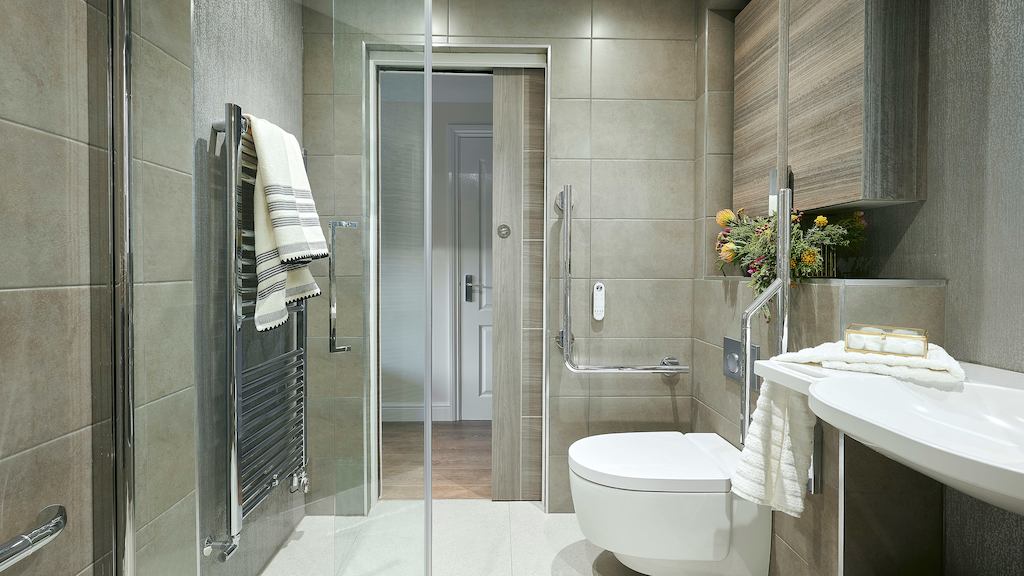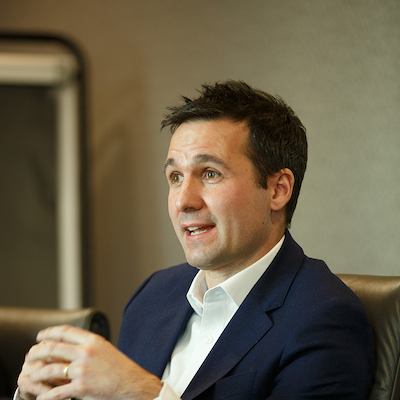In March 2019, I was appointed as Government Champion for Accessible Design. This is a role designed to encourage the design of more inclusive products and spaces, which are accessible for all. The ultimate goal is to create beautiful, accessible environments that are appealing and inclusively designed for everyone.
Since my appointment last year, I have been setting out and delivering a two-part strategy. The first part is to encourage businesses to improve the design of their buildings to better suit the needs of disabled people. The second is to challenge manufacturers to think differently about inclusive products, and for retailers to understand the kinds of products they need to be stocking and how to sell them.
Creating products which are well-designed, attractive and easy to use for people of all ages and abilities must begin with the right inclusive design process. Traditionally, products ‘for’ older or disabled people have been designed by younger, able-bodied people, making assumptions about what people with different abilities need. This disconnect has resulted in a range of products that don’t necessarily meet the needs of older or disabled people.
The best product design comes out of intense focus groups, involving those with lived experience in the design process from early on to understand the challenges they face at home and what they want and need to make life easier. Good accessible design is about design that blends function and form and works for everyone. Whether this be aspirational bathroom or kitchen products, home lifts or smart technology, designers should think about how to make these products desirable so they don’t necessarily look like they’ve been designed with access in mind but they work for people with a wide range of disabilities.



